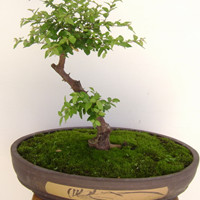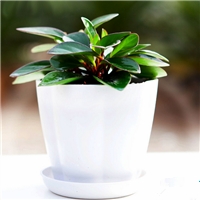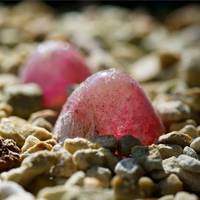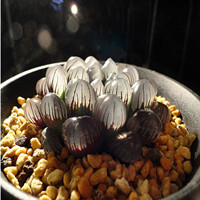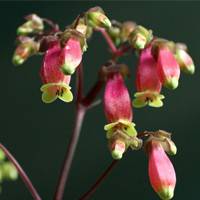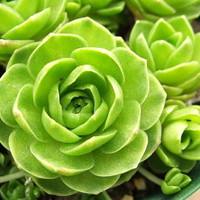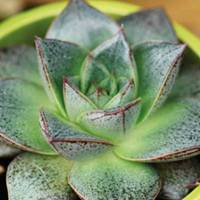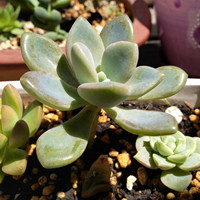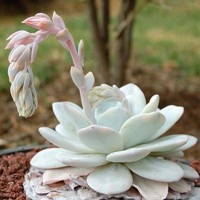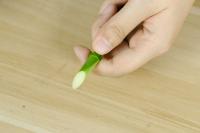How to Plant a Fig Tree in the UK
Fig trees have been cultivated for thousands of years, and they remain a popular fruit tree in the UK today. With their sweet, juicy fruit and attractive leaves, fig trees can be a valuable addition to any garden. If you're thinking of planting a fig tree in your garden, here's what you need to know.
Choose the Right Variety
Before you plant your fig tree, it's essential to choose the right variety for your climate and soil. In the UK, hardy fig varieties that can tolerate colder temperatures are ideal. 'Brown Turkey' and 'Brunswick' are two popular fig varieties that can thrive in the UK climate.
It's also important to select a self-fertile variety if you only have space for one tree. However, if you have room for more than one tree, you may wish to choose a second variety to help with pollination.
Find a Suitable Site
When selecting a site for your fig tree, look for an area that receives full sunlight and has well-draining soil. Figs prefer a warm, sheltered spot, so a south-facing wall or fence is ideal. This will help the tree absorb heat and maintain good growth.
It's also important to consider the eventual size of your fig tree. Some fig varieties can grow up to 10 metres tall, so plant your tree a safe distance away from other plants, buildings, or fences.
Prepare the Soil
Fig trees prefer well-draining soil, so it's worth preparing the planting area in advance. Remove any weeds, rocks, or debris from the planting site, and dig a hole that's twice as wide as the tree's root ball. Make sure the hole is deep enough to accommodate the entire root system.
Add a layer of organic matter such as compost, manure, or leaf mould to the bottom of the hole to improve soil structure and fertility. Then, top up with a layer of soil so that the tree's root ball is level with the soil surface.
Plant the Tree
Gently remove the fig tree from its container, ensuring that you don't damage the roots. Place the tree in the centre of the planting hole, and backfill with soil until the roots are completely covered. Firm the soil down with your fingers or a trowel to remove any air pockets.
If your tree is tall, it's worth providing support in the form of a stake or trellis. Attach the tree to the support using a soft material such as a tree tie or wire, being careful not to damage the tree trunk or branches. This will help to prevent wind damage and encourage strong growth.
Water and Mulch
After planting, water your fig tree thoroughly to help it settle into its new home. Water the tree deeply once a week during the growing season, or more frequently in hot, dry weather. Avoid overwatering, as this can lead to root rot.
It's also worth mulching around the base of the tree with a layer of organic matter such as wood chippings or bark. This will help the soil to retain moisture, suppress weeds, and provide essential nutrients for the tree.
Prune Your Tree
Once your fig tree has established itself, it's important to prune it regularly to encourage healthy growth and fruit production. Pruning can be carried out in late winter or early spring, before new growth starts to emerge.
Remove any dead, damaged, or diseased wood, and prune back the remaining branches to encourage new growth. You can also remove any suckers that emerge from the base of the tree, as these can divert energy away from the main trunk and branches.
Enjoy Your Harvest
With the right care and attention, your fig tree should start producing fruit within a year or two of planting. Figs are best eaten fresh, straight from the tree, or they can be used to make jams, preserves, and other tasty treats.
Now that you know how to plant a fig tree in the UK, why not give it a go and enjoy the rewards of home-grown fruit?

 how many times do yo...
how many times do yo...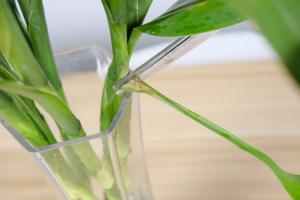 how many planted tre...
how many planted tre...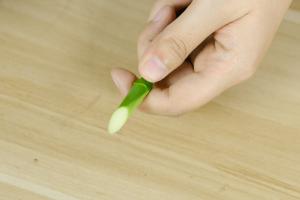 how many pine trees ...
how many pine trees ... how many pecan trees...
how many pecan trees... how many plants comp...
how many plants comp... how many plants can ...
how many plants can ... how many plants and ...
how many plants and ... how many pepper plan...
how many pepper plan...
